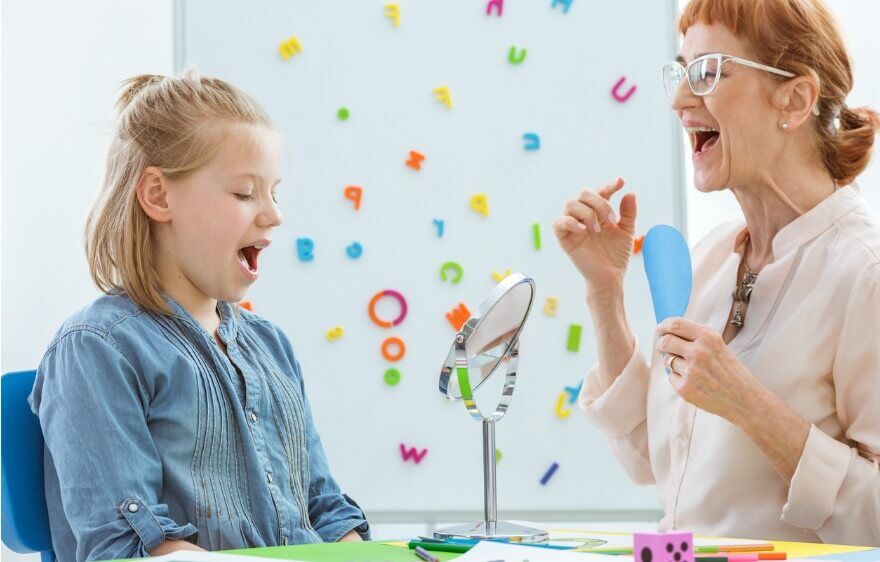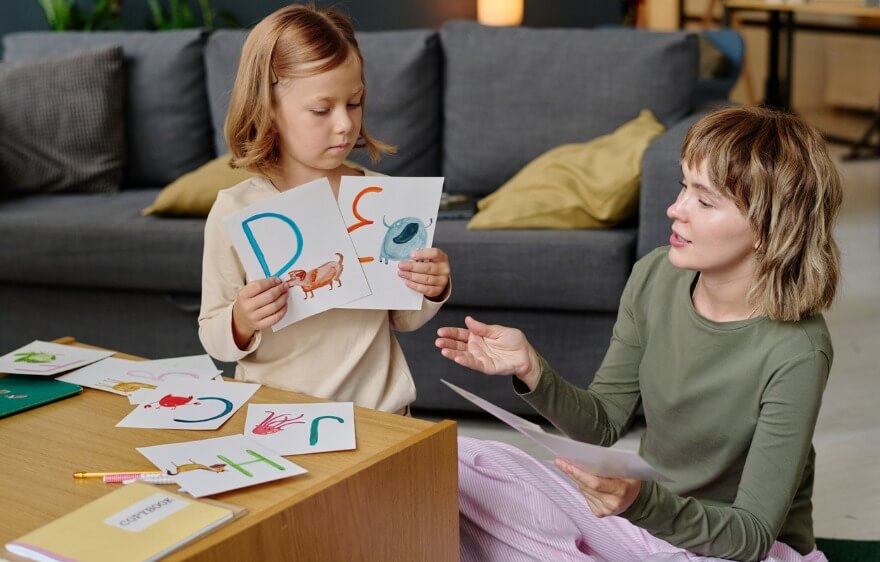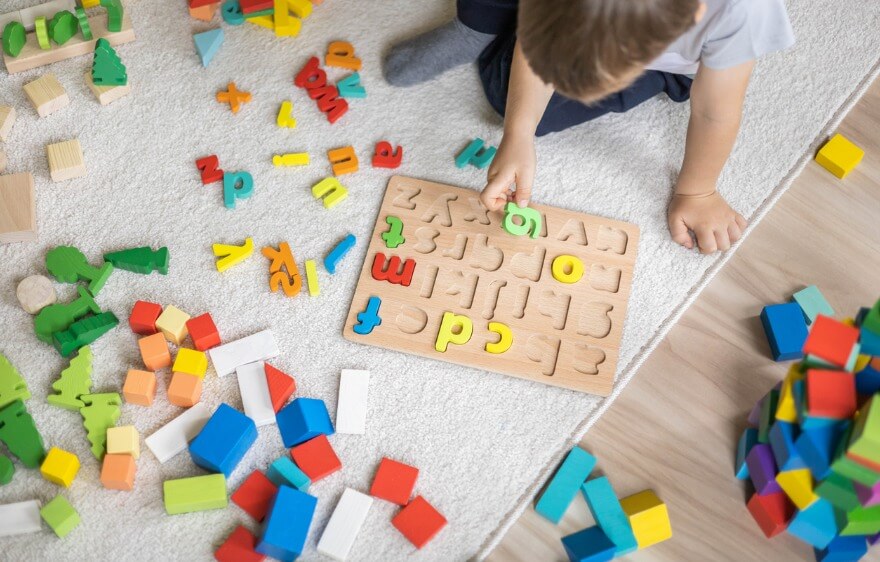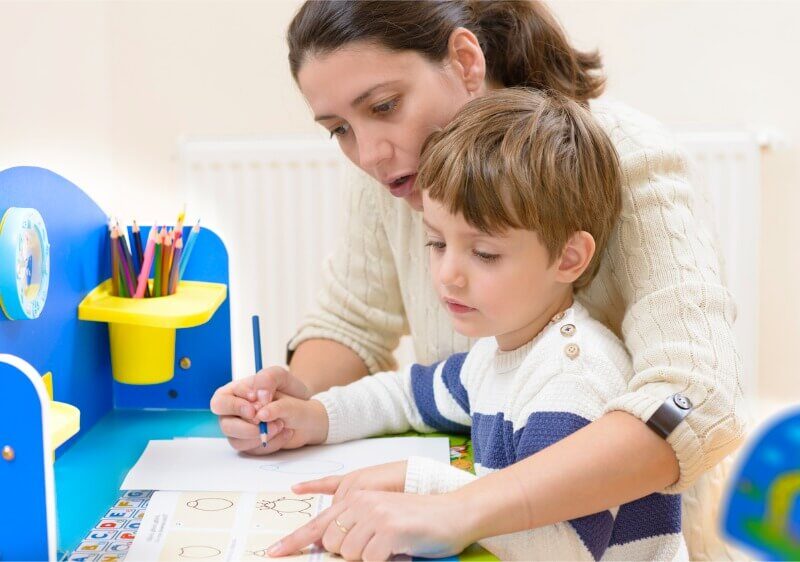Welcome to the wonderful world of speech therapy, where small victories lead to big transformations! One of the most essential areas of focus in speech-language therapy is articulation. Articulation skills help children and adults produce clear, intelligible speech, which plays a significant role in social interactions, academic success, and overall confidence.
If you’re a speech-language pathologist (SLP), caregiver, or educator looking for effective and engaging articulation goals for speech therapy, you’re in the right place. In this guide, we’ll explore what articulation therapy is, why it’s important, and provide 15 practical, measurable articulation goals for speech therapy to support clear, confident communication.
What Is Articulation Therapy and Why Is It Important?
Articulation therapy focuses on improving the accurate production of speech sounds. For children and adults with articulation disorders, certain sounds may be substituted, omitted, distorted, or added, which can impact overall speech intelligibility. Common articulation errors include saying “wabbit” instead of “rabbit” or “hun” instead of “run.”
Articulation therapy targets specific sounds, teaches correct placement of the tongue, lips, and jaw, and reinforces correct sound production in words, sentences, and natural conversation. Mastering articulation goals boosts self-confidence, improves academic performance, and enhances social interactions.
Clear, specific, and measurable goals are essential for successful articulation therapy. These goals serve as a roadmap, guiding the therapy sessions and tracking progress. Let’s explore key articulation goals for speech therapy that you can incorporate into your therapy program.
15 Articulation Goals for Speech Therapy
Articulation goals for speech therapy are designed to help individuals improve their ability to produce sounds correctly and communicate more clearly. These goals focus on enhancing speech clarity, accuracy, and consistency to support effective communication in daily life. Here are some specific and measurable articulation goals for speech therapy that can guide sessions and help you effectively track progress.
1. Producing Target Sounds in Isolation
Goal: The client will produce a target sound (e.g., /s/, /r/, /l/) in isolation with 90% accuracy in four out of five trials.
How to Implement: Begin with auditory and visual modeling of the target sound. Use mirrors to help kids see their tongue, lips, and jaw movements. Then, practice repetitive drills, focusing on just a single sound.
2. Producing Target Sounds in Syllables
Goal: In three consecutive sessions, the client will produce target sounds in CV (consonant-vowel) and VC (vowel-consonant) syllables, such as “sa” or “as”, with 80% accuracy.
How to Implement: Create fun, playful syllable games using flashcards, apps, or “make-believe” play where children repeat silly, fun syllables like “sa, sa, sa!” to keep them engaged.
3. Producing Target Sounds in Words
Goal: The client will produce the target sound accurately in the initial, medial, and final positions of words with 85% accuracy over three consecutive sessions.
How to Implement: For this articulation goal in speech therapy, select 10-15 words containing the target sound. Incorporate these words into matching games, bingo, or flashcards. Practice each position — initial, medial, final — separately to build mastery.
4. Producing Target Sounds in Short Phrases
Goal: The client will produce the target sound correctly in two to three-word phrases with 80% accuracy in structured therapy sessions.
How to Implement: Encourage kids to repeat short, fun phrases like “big sun” or “red sock” while playing with toys, flashcards, or picture books. Provide positive feedback to reinforce accurate sound production.
5. Producing Target Sounds in Sentences
Goal: The client will produce the target sound correctly in structured sentences with 85% accuracy in three out of four opportunities.
How to Implement: Create simple, target-rich sentences like “The cat sat” for the /s/ sound. Use sentence strips or visual prompts to support sentence creation.
6. Using Correct Articulation in Storytelling
Goal: The client will use correct articulation of target sounds with 75% accuracy during a two to three-minute storytelling activity.
How to Implement: Encourage children to tell a story about a picture, book, or personal experience. Offer gentle feedback and highlight when they’ve used the target sound correctly.
7. Carryover of Sounds to Conversations
Goal: The client will use target sounds correctly in spontaneous conversation 80% of the time during a five-minute interaction.
How to Implement: Use natural play or conversation-based activities like pretend shopping or role-playing to encourage spontaneous speech. Give feedback during and after the conversation.
8. Self-Correction of Articulation Errors
Goal: The client will identify and self-correct articulation errors in 80% of opportunities during therapy sessions.
How to Implement: Teach kids to “catch” their errors using self-monitoring techniques. Use tools like recordings of their speech to build awareness.
9. Differentiating Between Correct and Incorrect Production
Goal: The client will identify correct and incorrect productions of the target sound with 90% accuracy in 10 trials.
How to Implement: Play “Which one sounds right?” where kids listen to words spoken with correct and incorrect sounds. Ask them to identify the correct one.
10. Mastery of Sound Production Across Environments
Goal: The client will produce target sounds correctly with 80% accuracy across multiple settings, such as home, school, or clinic.
How to Implement: Collaborate with teachers and parents to ensure target sounds are practiced outside of therapy. Provide practice materials for home use.
11. Improving Intelligibility by Reducing Sound Errors
Goal: The client’s overall intelligibility will increase from 60% to 80% in familiar conversational contexts.
How to Implement: Focus on high-impact sounds that will most improve intelligibility, like /r/ and /s/. Use daily conversation activities to track progress.
12. Mastering Multisyllabic Words
Goal: The client will correctly articulate multisyllabic words with 85% accuracy in three consecutive sessions.
How to Implement: Use picture cards with multisyllabic words and practice them in segments. Encourage children to “clap out” the syllables as they practice.
13. Mastering Clusters and Blends
Goal: The client will produce consonant clusters and blends (e.g., /bl/, /str/, /gl/) with 85% accuracy in four out of five trials.
How to Implement: Practice clusters through flashcards, interactive games, or sensory activities like “clap if you hear a blend.”
14. Generalizing Articulation Skills Across Peers
Goal: The client will generalize articulation skills during peer interactions with 80% accuracy during play or group activities.
How to Implement: Use role-playing and group activities, like playing house or school, to encourage natural conversations with peers.
15. Using Visual Cues for Articulation
Goal: The client will use visual cues, such as cards, mirrors, or gesture prompts, to support articulation of target sounds in 90% of trials.
How to Implement: Provide children with visual prompts like mouth diagrams, videos, or physical cues, like tapping the lips, to reinforce articulation.
Tips for Implementing Articulation Goals for Speech Therapy into Sessions
Implementing articulation goals into therapy plans can be smooth and effective with the right approach. Here are six practical tips to make the process fun, engaging, and impactful:
- Focus on Key Sounds: Prioritize the sounds that affect intelligibility the most, such as /r/, /s/, and /l/, to create a strong foundation for clearer speech.
- Make It Fun and Playful: Use games, toys, and interactive activities to make sessions enjoyable for clients and keep them engaged and motivated.
- Incorporate Visual and Tactile Cues: Use mirrors, flashcards, and physical prompts (like lips tapping) to support proper articulation placement.
- Track Progress Consistently: Regularly collect data to measure improvements and identify areas that need more targeted practice.
- Involve Families and Caregivers: Encourage practice at home by sharing simple exercises and progress updates with parents and caregivers.
- Celebrate Achievements: Celebrate small wins to keep your kiddos motivated and confident in their progress.
By incorporating these strategies, you can create a more dynamic and effective therapy plan that supports your clients’ successful outcomes.
Winning with Articulation Goals for Speech Therapy
Articulation therapy is a journey that requires patience, consistency, and a clear set of goals. With these articulation goals for speech therapy, SLPs, caregivers, and educators have a strong foundation to guide their sessions and track progress. Focusing on key sounds, incorporating fun activities, and involving families can create an environment where families and kids feel motivated and supported.
Whether you’re helping a child master their /r/ sound or supporting a student with self-correction techniques, every small win counts. Stay committed, celebrate progress, and remember that each step brings your clients closer to clear, confident communication. You’ve got this!
Speech therapy is a process built on dedication, understanding, and compassion. At Care Options for Kids, we are dedicated to providing speech-language pathologists with the resources, training, and support necessary to guide each child toward their communication goals. In a supportive and team-oriented atmosphere, our therapists can offer personalized care that addresses each child’s family’s needs. Are you ready to be part of a team that delivers outstanding speech therapy outcomes?
Join the Care Options For Kids Team!
Are you ready for meaningful work that comes with benefits and not burnout? Join the compassionate care team that helps children and families live their best lives. Our clinicians provide best-in-class pediatric nursing, therapy, and school-based services. We bring individualized care to children where they live, work, and play. We have opportunities in homes, schools, and clinics across the country.
Apply at Care Options for Kids now. We make it easy to start so you can make a difference as soon as possible.






